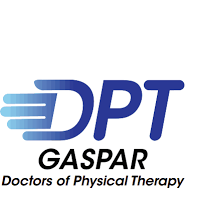
Image: gasparpt.com
Kristin Gaspar joined the Encinitas city council in 2010, and since 2014 has served the city as mayor. In addition to her political work, Kristin Gaspar oversees financial operations at Gaspar Physical Therapy. The organization provides patients with a variety of physical therapy services, including balance programs and aquatic therapy.
Falling and other balance related issues become more and more serious as individuals age. About 33 percent of people over the age of 65 experience at least one fall per year. Nearly 16,000 individuals in that age group died as the result of an accidental fall in 2005, while 2008 saw an additional 1.8 million treated in the emergency room for a fall. The risk of an accidental fall only grows over time, as accidental falls rank as the number one cause of injury and death among individuals 85 and older.
When entering into a balance program, physical therapists will evaluate patients in a number of areas, such as the patient’s present fall risk and muscle strength. The patient’s general medical history is also taken into account. Balance treatment programs are optimized for each patient, though common elements include strength exercises, gait training, vestibular testing and a specialized home exercise program. Modern physical therapy offices can often integrate new technologies with their balance programs, like Biodex and WiiFit.